Whether you’re a festival veteran or a novice camper, there is always room for improvement. We’ve put together a list of hacks, tips, and tricks that can make your music festival experience better than ever.
Trading merch is a great way to interact with other festival-goers and get a little something special for yourself at the same time. It’s also an excellent way to prevent losing valuables in the crowd.
Whether you’re a seasoned festival-goer or a first-timer, there are always new tips and tricks to make your experience even better. From ways to save money on a wristband and ticket price to easy hacks for getting through a weekend of music without draining your phone battery or slipping into a sunburn, there’s something for everyone at every type of festival.
Wellies are a must-have for anyone going to a music festival, especially one held in a field. Also known as gumboots, Wellington boots or rain boots, they’re a great way to protect your feet from the elements and are often available in a variety of different colours and styles to match any outfit.
The popularity of wellies grew after attendees began wearing them in the 2000s and early 2010s. As the event is held on a farm in the English countryside and can get very muddy, people started to wear them as practical footwear for the occasion. This led to other fashion designers following suit, and now you can find wellies in a range of brands.
Another great use of wellies is as a pair of rain boots when hiking or camping. The flexible rubber allows you to easily walk through streams and puddles. Many are insulated and have gripping soles, which can be useful for walking on slippery surfaces or over muddy terrain. The flexible construction of wellies makes them a great choice for people who aren’t comfortable in tight shoes or have a difficult time finding boots that fit their calves.
Tape
Whether you’re a seasoned festival goer or it’s your first time, there are plenty of things you should remember to bring with you. A roll of tape is super useful for a whole host of reasons, from making quick tent repairs to patching up ripped clothes. You can also use it to lock the main zippers of your backpack if you’re worried about thieves – just make sure it’s strong, waterproof tape like duct tape or gaffer tape.
Another handy tip is to bring a roll of washi tape – it’s cute and will help you collect all of your rubbish at the end of the weekend, which is an important part of leaving no trace at a music festival. It’s also great for tying up your tent or sealing any gaps in your sleeping bag.
Folding Stool
Music festivals are a fun and exciting way to spend time with friends. However, they can also be a bit stressful. If you are planning to attend a festival this year, it is important to prepare properly. There are many things that you can do to make your music festival experience more enjoyable. From bringing a folding stool to reusable ice cubes, these tips and tricks will help you have an unforgettable experience.
One of the most important things to bring to a music festival is a folding stool. This is a useful item for sitting on during concerts, and it can be easily stored in your bag. It is important to choose a stool that has a comfortable seat and sturdy construction. It is also a good idea to choose a stool that has durable feet so that it will not damage delicate floors.
Another helpful tip for music festival goers is to bring a waterproof blanket. This will help keep you dry in case it rains during the festival. You can also use it as a sleeping mat if you are camping.
Lastly, you should bring a pair of carabiners. These can be used to attach your water bottles and other items to your backpack. This will prevent them from falling off during the festival and will allow you to access your items quickly. You can also use them to create a makeshift clothesline for hanging wet clothing and towels.
Bin Bags
A bundle of bin bags will come in handy at music festivals, they’re great for rubbish, keeping muddy things separate and can even be used as emergency ponchos. Bin bags are also good for covering shoes if the ground gets really wet, they may not be the height of fashion but they will certainly be more comfortable than wearing soaked trainers.
Festival goers are always on the lookout for hacks that can make their experience a bit easier and safer. Whether you’re a seasoned music festival goer or this is your first time, it’s always useful to know a few handy tips and tricks that will make the weekend more enjoyable.
Some people choose to bring their own power supply so they don’t run out of juice while watching the bands, but this can be quite bulky and cumbersome. One easy alternative is a solar power bank that can give your phone or other devices a boost while you’re camping out in the sun.
If you’re planning on bringing your own portable power bank to the festival, it’s worth checking that it has a high-gauge to ensure it can carry enough energy for your devices. You can check the gauge of a bag by measuring the circumference of the bin you want it to fit in, then adding around 7″ onto the measurement to allow for an overhang and for tying.
Frozen Water Bottles
Festivals can be a lot of fun but they can also be very stressful if you don’t prepare properly. These festival hacks will help you get the most out of your music festival experience and avoid any disasters.
One of the best music festival hacks is to freeze your water bottles before the event. This will allow you to keep your water cold for longer and will save space in your cooler, as ice can take up a lot of room. It’s also an easy way to transport booze to the festival without risking it getting confiscated by security.
You can also use frozen water bottles to cool medicines if you are travelling long distances by train or bus to the festival. It’s a much better alternative to crushed ice, as it won’t melt so quickly and will keep your medicine at an appropriate temperature for several hours.
Frozen water bottles can also be used as drinkable ice packs in your cooler, which will keep the rest of your food and drinks cold for longer. This will also prevent melted ice from soaking through your food or causing it to spoil. You can also save space by making a large batch of a grain or pasta salad before the festival and portioning it into reusable containers, so you have a full meal to eat on site. This will make sure you’re not running out of food during the day and will reduce waste from discarded plastic packaging.








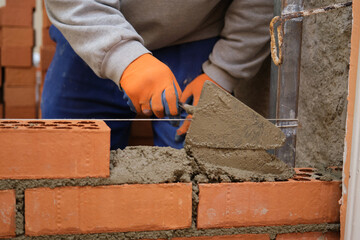
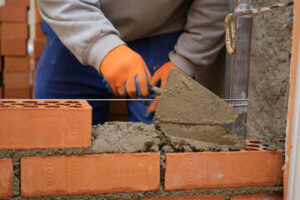
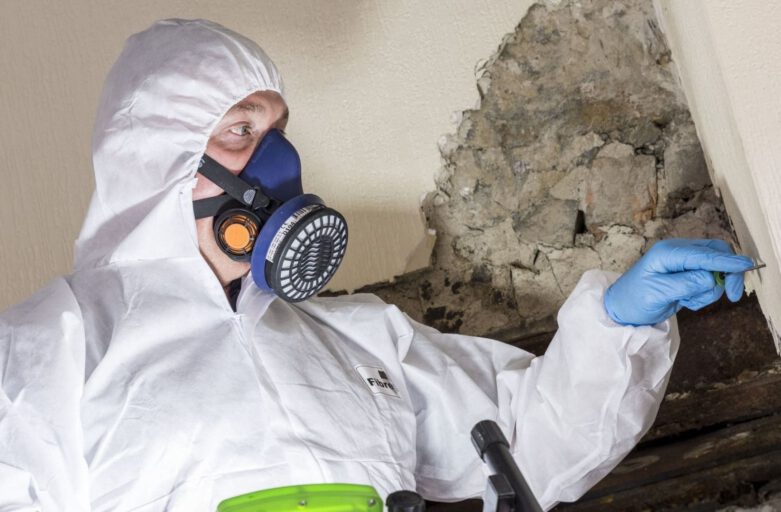
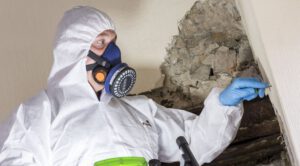

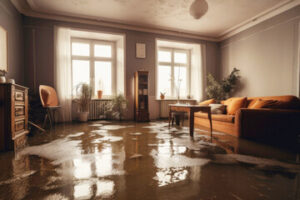

 Identify Your Staffing Needs
Identify Your Staffing Needs